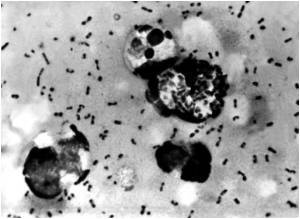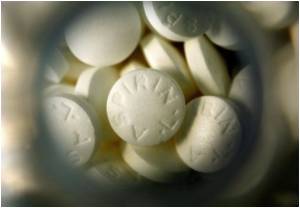
Led by Dr Reindert Nijland, the research also shows that bacteria respond to this smell by producing a biofilm - or 'slime' - the individual bacteria joining together to colonise an area in a bid to push out any potential competitor.
Biofilm is a major cause of infection on medical implants such as heart valves, artificial hips and even breast implants.
Also known as 'biofouling' it costs the marine industry millions every year, slowing ships down and wasting precious fuel. But it also has its advantages.
Certain biofilms thrive on petroleum oil and can be used to clean up an oil spill.
Nijland said the findings would help to further our understanding of how biofilms are formed and how we might be able to manipulate them to our advantage.
Advertisement
"Slime is important in medical and industrial settings and the fact that the cells formed slime on exposure to ammonia has important implications for understanding how biofilms are formed and how we might be able to use this to our advantage.
Advertisement
This latest discovery shows that bacteria are capable of at least four of the five senses; a responsiveness to light - sight - contact-dependent gene expression - touch - and a response to chemicals and toxins in their environment either through direct contact - taste - or through the air - smell.
Ammonia is one of the simplest sources of nitrogen - a key nutrient for bacterial growth.
Using rival bacteria Bacillus subtilis and B.licheniformus, both commonly found in the soil, the team found that each produced a biofilm in response to airborne ammonia and that the response decreased as the distance between the two bacterial colonies increased.
Project supervisor Professor Grant Burgess, director of the Dove Marine Laboratory, said that understanding the triggers that prompt this sort of response had huge potential.
"The sense of smell has been observed in many creatures, even yeasts and slime moulds, but our work shows for the first time that a sense of smell even exists in lowly bacteria. From an evolutionary perspective, we believe this may be the first example of how living creatures first learned to smell other living creatures," he said.
The study is published in Biotechnology Journal.
Source-ANI













